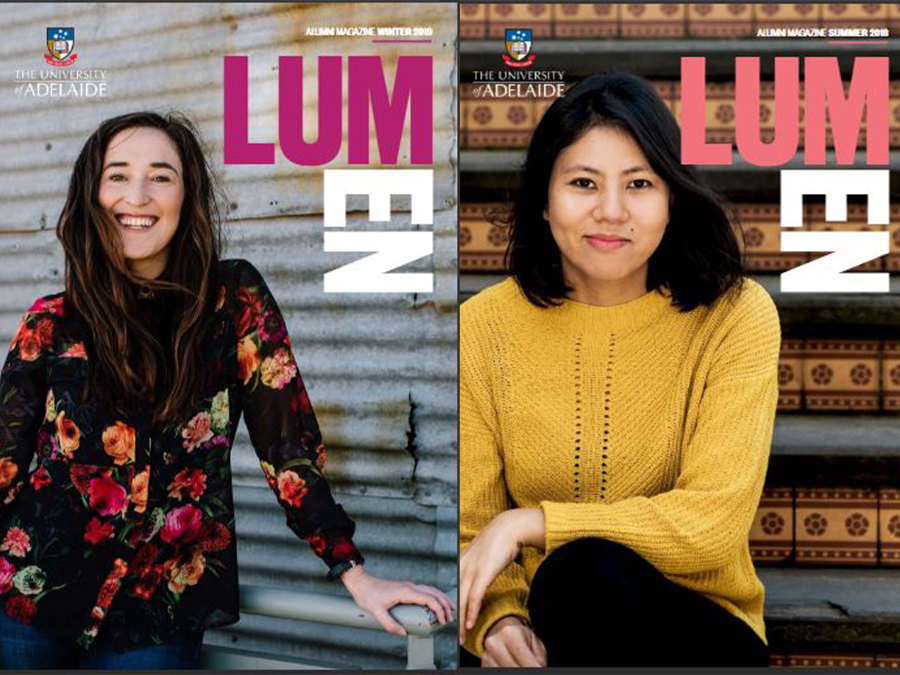Finding a perfect match to attack Alzhemier's disease
Tuesday, 9 December 2014
Researchers at the University of Adelaide are conducting world-first modelling of a range of naturally occurring molecules in the hopes of finding a perfect match that could one day be used in a new drug to help treat or prevent Alzheimer's disease.
The study, being led by researchers in the University's School of Medical Sciences, is the first of its kind to detail exactly how molecules are able to bind to and break up one of the most damaging components of Alzheimer's disease, known as "amyloid fibrils", and what elements are essential to their success.
Amyloid fibrils - made up of chains of amyloid proteins - play an important role in a number of prominent neurodegenerative diseases. Even short chains of amyloid proteins can be toxic to nerve cells.
The first stage of the research project involves 3D modelling of more than 30 molecules from different plant sources, including some found in green tea and curry powder, to see how they bind with the amyloid protein to prevent the formation of toxic fibrils.
"We know from past research that there are a number of anti-amyloid molecules out there - such as curcumin, found in tumeric, or epigallocatechin gallate (EGCG), which is found in green tea. But the big problem is that you can't simply consume more green tea or curry powder, because those molecules exist in such tiny quantities, and what little is absorbed is rapidly broken down in your blood stream," says the leader of the project, Dr Ian Musgrave, from the University's School of Medical Sciences.
"Through our modelling, we can see exactly where a molecule is binding with the disease-causing protein, and what it's doing to break up the protein and its fibrils.
"In doing this, we hope to better understand what parts of the molecules can be altered, to make them more easily absorbed by the body, harder to break down, and more effective at their job of stopping Alzheimer's disease. Our hope is that it will help to decide which of these molecules could be a more suitable drug candidate for Alzheimer's in the future."
The modelling work, being conducted by PhD student Sukanya Das, is already revealing some promising molecules - such as galangin, found in galangal, which is similar to ginger.
Thanks to inter-disciplinary funding awarded to this project by the University of Adelaide, the research will involve collaboration across the fields of pharmacology, chemistry and genetics. "Once the initial modelling work is completed, we hope to have a potential target for building a new drug that can be tested in the lab, which is where our colleagues in chemistry and genetics come in," Dr Musgrave says.
"This is unique work, going beyond anything previously attempted with these kinds of drugs," he says.
Contact Details
Email: ian.musgrave@adelaide.edu.au
Senior Lecturer in Pharmacology
Adelaide Medical School
The University of Adelaide
Business: +61 8 8313 3905
Mobile: +61 (0)417 059 532
Mr David Ellis
Email: david.ellis@adelaide.edu.au
Website: https://www.adelaide.edu.au/newsroom/
Deputy Director, Media and Corporate Relations
External Relations
The University of Adelaide
Business: +61 8 8313 5414
Mobile: +61 (0)421 612 762







